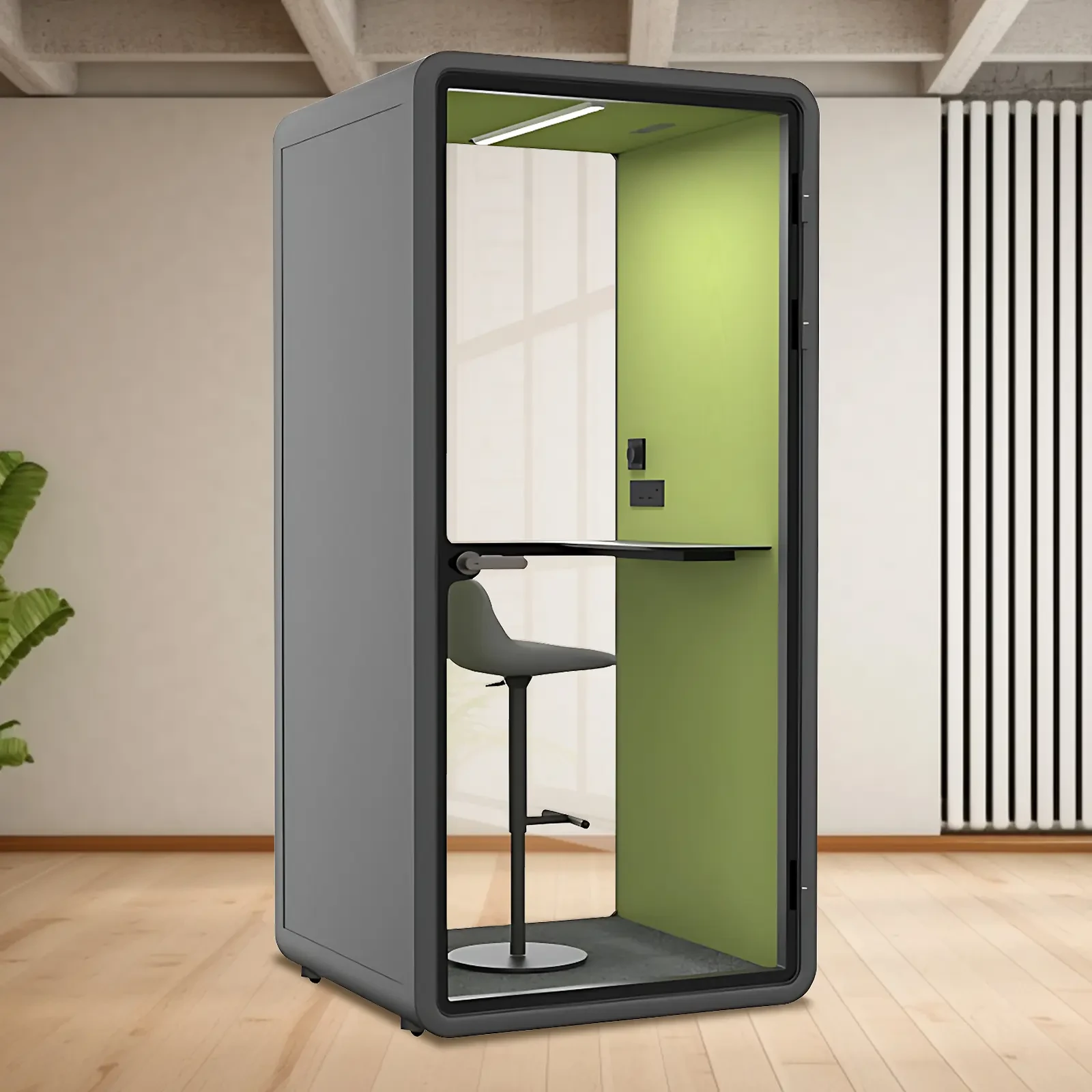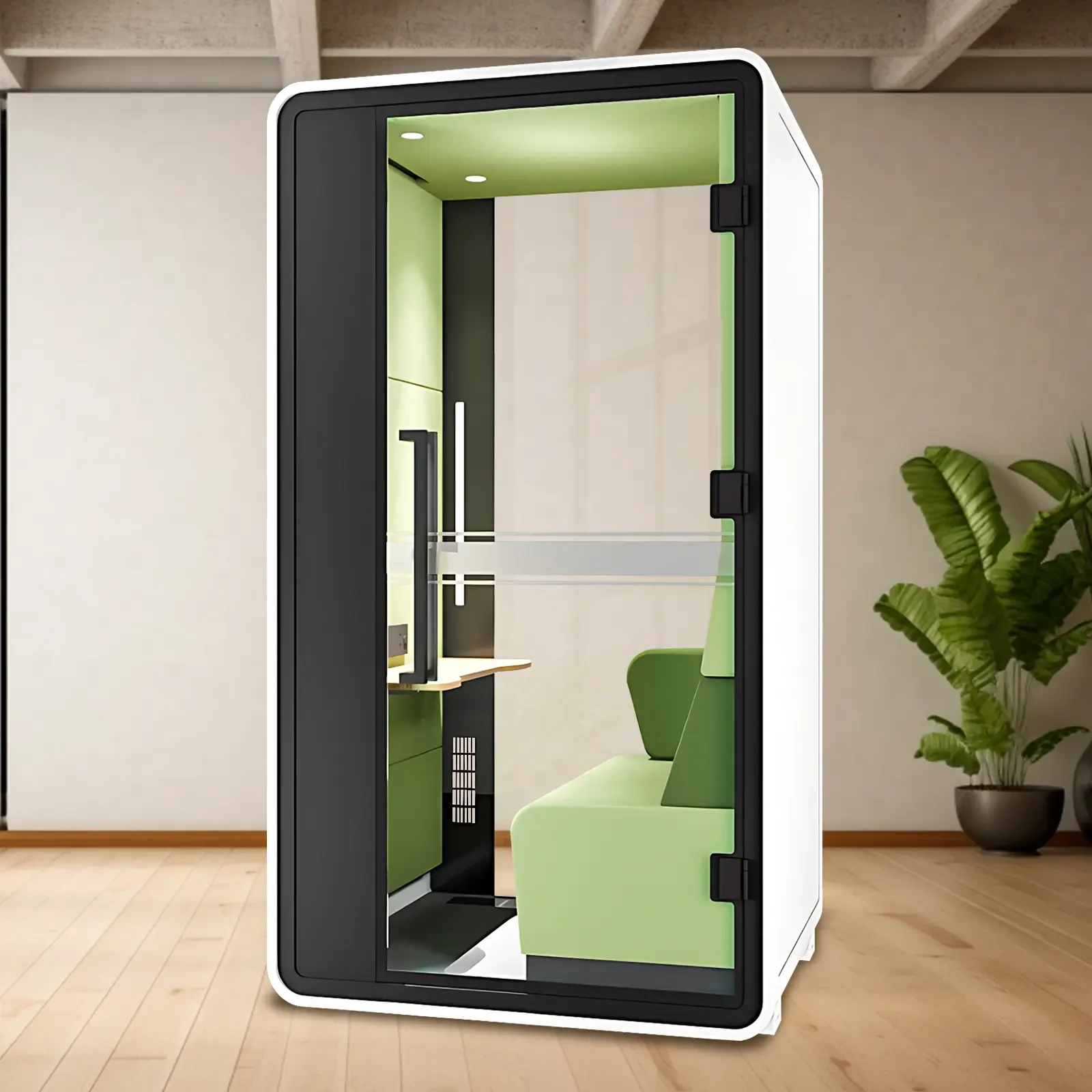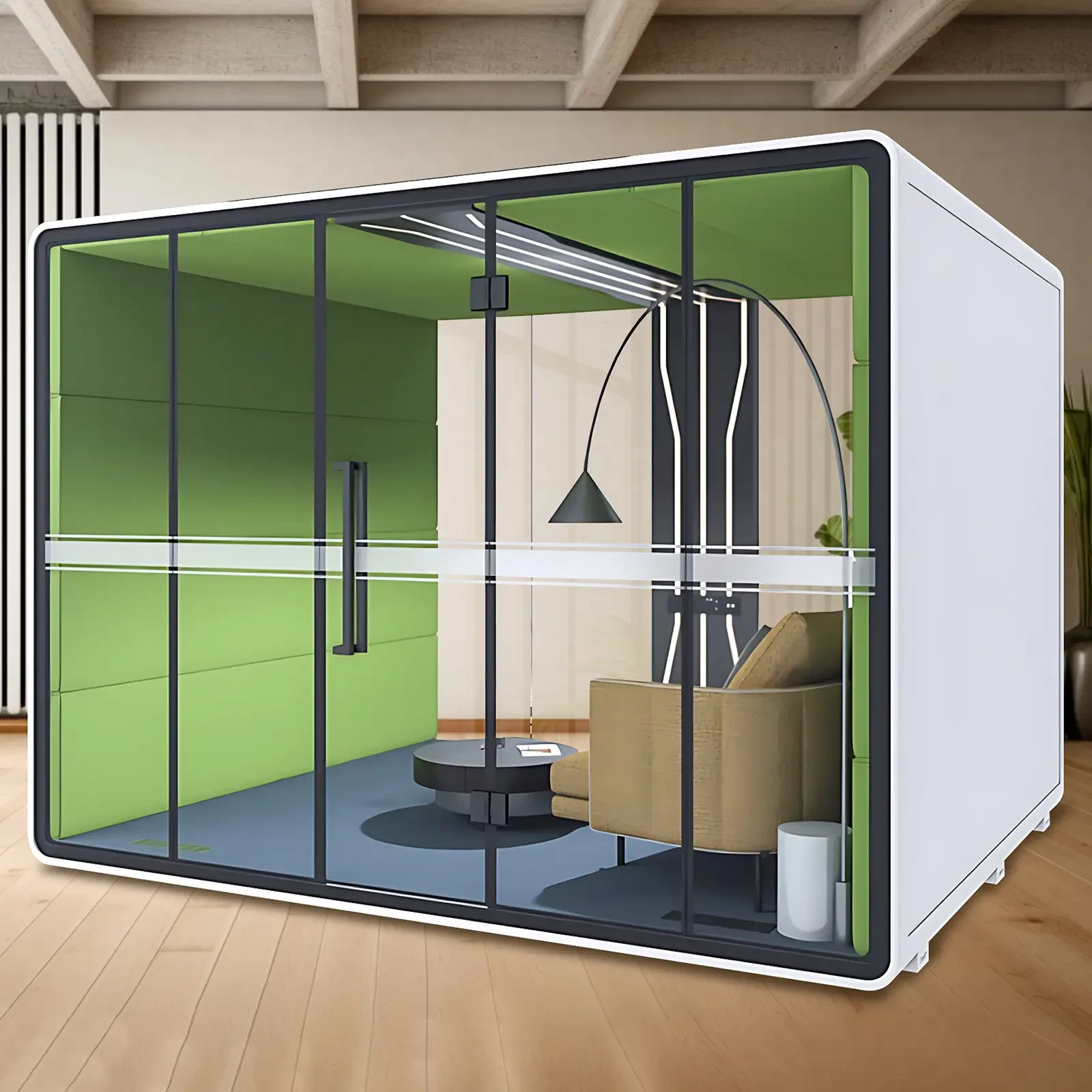What are the right design and soundproofing elements to consider to achieve a hush effect in the bedroom? How should you arrange a bed soundproof? In this post, we’ll provide a few master techniques and key design elements for smart investments to help reshape your sleeping zone into a quiet area. We’ll also bust a few noise-reduction myths along the way.
Spatial Arrangement Plays a Key Role
A bed's placement in a room strongly affects how much noise can get to your ears, and this is something many people attempting to achieve acoustic comfort in their homes overlook. Beds positioned against shared walls or directly under windows tend to be noisier, so it's important to rethink room layout to maximize sound management.
If you can't move the bed, elevate the headboard slightly so that it's not in contact with anything structural, and use double-layered sound partitions on the wall behind the bed for a dramatic reduction of sound penetration.
Layer your bedding, and use padded furniture and drapery from floor to ceiling to absorb whatever leaves and any sound into the room. All these methods point to a deeper understanding of how key layout is in bed soundproof setups.
Material Choices That Influence Acoustic Performance
To block and reduce sound, the texture, density, and layering capability of materials around the sleep space are critical factors. Soft, thick, and multilayered materials tend to perform better than thin or hard surfaces that are prone to echo and vibration transfer.
They perform in the bed soundproof world as the three’s company of acoustics. Wall paneling, sound-insulated flooring, acoustic window treatments, and the old-fashioned heavy material textile can all contribute to the overall soundproofing outcome.
Why are these solutions especially effective in multi-story homes or apartments? The materials and techniques listed above work as a sound-blocking barrier for the good sleeper inside, which reduces the noise traveling in and out of the bedroom in either direction.
Creating a Harmonized Sleep Ambience
To ensure mental tranquility and cultivate harmony in the sleep environment, soundproofing must go beyond the basic goal of blocking disturbances. The key components of a soundproofing system must work together to achieve the common acoustic isolation goal and create a holistic sleep space in which all sensory elements serve to promote auditory, visual, and thermal comfort.
The climate control system shouldn't blow cold air because the room is too hot. Lighting should keep the sleeper's body in sync with the day-night cycle and not be so obtrusive that it wrecks any good sleep-wake transition. If all these components are integrated design-wise into the room, there should be no problem with the bed soundproof framework integrated into the overall room design.
Long-Term Benefits of a Soundproof Bed Environment
Creating a thoughtfully bed soundproof environment offers long-term benefits beyond better sleep. It transforms sleep into an act of wellness, enhancing the most restful and restorative hours of your day. But the cocoon-like feel of a bed doesn’t guarantee soundproofing — achieving true quiet takes some deliberate effort.
The Role of Aesthetics in Acoustic Comfort
Many people wrongly believe that making a space soundproof will mar its visual beauty. This is especially true of notions about the bedroom, a space meant to be inviting and restorative. However, modern soundproofing strategies tend to align well with good design. They offer functional elements that can be stylishly implemented in a way that visually impresses while also sonically soothing.
Take, for instance, the wall of your bedroom. If it could be buried beneath custom-upholstered sound-dampening wall panels or wall art made from sound-absorbing acoustic tiles, you could sleep beautifully and peacefully, whether in a summer heat wave or the dead of winter.
Home Soundproof Sleeping Pod – 30 to 40 dB Noise Reduction for Power Naps- Achieve complete peace with this 86" × 70" pod that can hush up to 30 to 40 dB of city hubbub, thanks to a four-layer sound insulation system engineered for deep-sleep environments. Built with soft bags, high-density sound panels, honeycomb aluminum layers, and high-efficiency acoustic cotton, this pod offers effective sound isolation and a fresh-air ventilation system that delivers 200-400 m³/h airflow quietly.
Recommendation
If you are committed to converting your sleeping area into a sanctuary of serenity, installing soundproofing is one of the most effective steps you can take. X-comfot has an impressive array of solutions to enhance bed soundproof environments. Our products range from effective, wall-mounted acoustic panels to customizable, total-room solutions that they term "acoustic cabins." Whether the safe space you require is for your sleeping quarters or the workplace, X-comfot has a solution to help soundproof your environment to a meaningful degree.

 USD
USD
 GBP
GBP
 EUR
EUR






